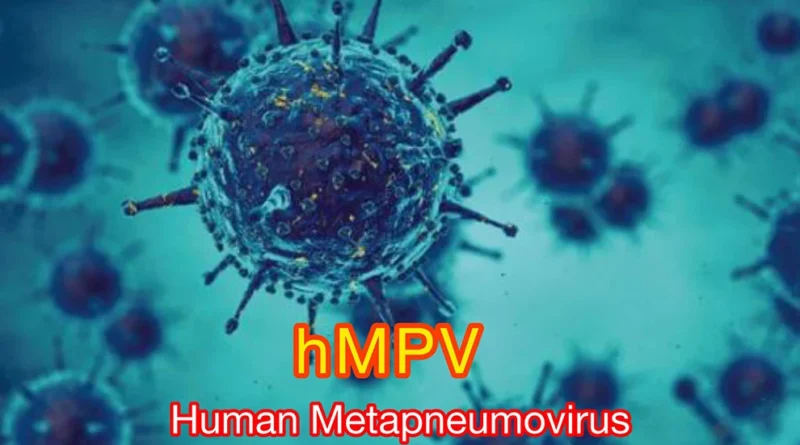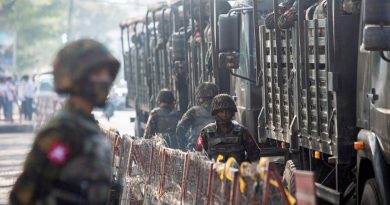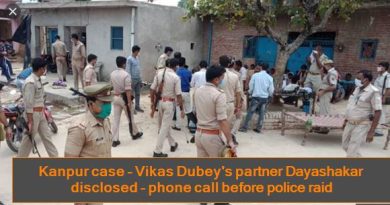HMPV Outbreak In China: Symptoms, Spread And What You Should Know
HMPV causes flu-like symptoms and can lead to severe respiratory issues, especially in children and vulnerable groups.
China is witnessing a surge in human metapneumovirus (HMPV) cases, sparking concerns of another health crisis after COVID-19 pandemic. Reports and social media posts show overcrowded hospitals, with some users also suggesting the presence of multiple viruses such as HMPV, influenza A, Mycoplasma pneumoniae and even COVID-19.
HMPV causes flu-like symptoms and can lead to severe respiratory issues, especially among children and vulnerable groups. Let’s take a look at the respiratory virus in detail.
What is HMPV, and why is it making headlines in China?
HMPV is a respiratory virus that causes upper and lower respiratory infections. It affects individuals across all age groups, with young children, the elderly, and those with compromised immune systems being most vulnerable, according to CDC. It was first identified in 2001.
What are the symptoms of HMPV?
The symptoms of HMPV are similar to those of flu and other respiratory infections. Common signs include cough, fever, nasal congestion and shortness of breath. In severe cases, the virus can lead to complications like bronchitis or pneumonia. The incubation period for HMPV is usually between three and six days, with symptoms lasting for varying durations depending on the severity of the infection.
How does HMPV spread?
HMPV spreads in ways similar to other respiratory viruses. Transmission occurs through:
- Secretions from coughing and sneezing
- Close personal contact, such as shaking hands or touching
- Touching contaminated surfaces and then touching the mouth, nose, or eyes
Who is most at risk from HMPV?
According to CDC, HMPV poses a higher risk to certain groups, including:
- Young children
- Older adults
- Individuals with weakened immune systems.
How to prevent HMPV?
Preventive measures for HMPV are similar to those for other respiratory illnesses. Here are a few things to keep in mind:
- Wash hands regularly with soap and water for at least 20 seconds.
- Avoid touching the face with unwashed hands.
- Maintain distance from people showing signs of illness.
- Clean frequently touched surfaces, such as doorknobs and toys.
What should those experiencing HMPV symptoms do?
For those experiencing symptoms of HMPV or a common cold, following simple hygiene practices can help prevent the virus from spreading.
- Cover the mouth and nose: When sneezing or coughing, use a tissue to prevent spreading droplets.
- Wash hands regularly: Frequent handwashing with soap and water for at least 20 seconds can minimise the risk of transmission.
- Avoid sharing personal items: Don’t share utensils, cups or other personal items to reduce the chances of infecting others.
- Stay at home: If you’re feeling unwell, it’s best to stay home and rest to avoid spreading the virus to others.
Is there a treatment or vaccine for HMPV?
As of now, there is no specific antiviral treatment or vaccine for HMPV. Medical care for those infected is supportive, focusing on alleviating symptoms and preventing complications.
How does HMPV compare to COVID-19?
HMPV and COVID-19 share many similarities, in that they both cause respiratory issues such as coughing, fever, congestion, sore throat and shortness of breath, and both spread through respiratory droplets, according to WebMD.
Severe cases can require hospitalisation. HMPV typically peaks during winter and spring, unlike COVID-19, which can spread year-round due to evolving variants.
Studies suggest HMPV cases tripled in some regions after COVID-19 restrictions were lifted. The drop in exposure to viruses during lockdowns likely weakened immunity, causing a surge in respiratory infections once precautions were relaxed.




